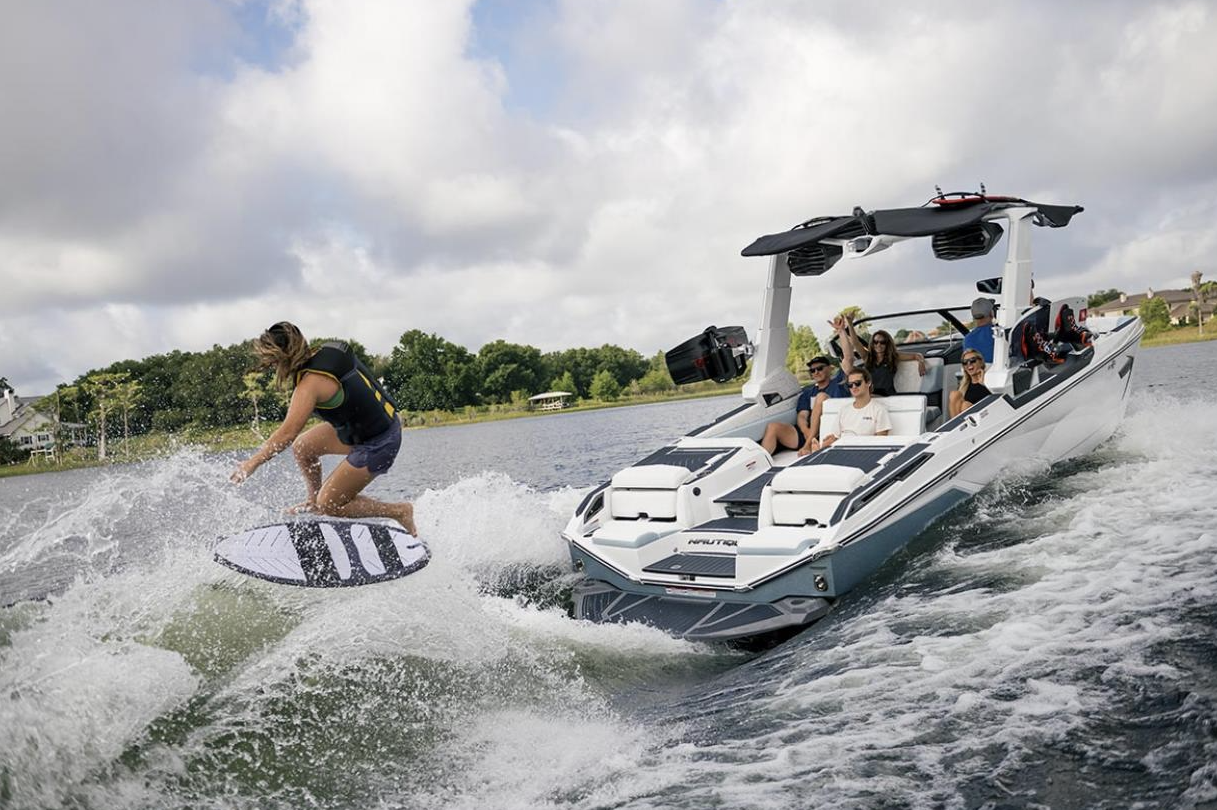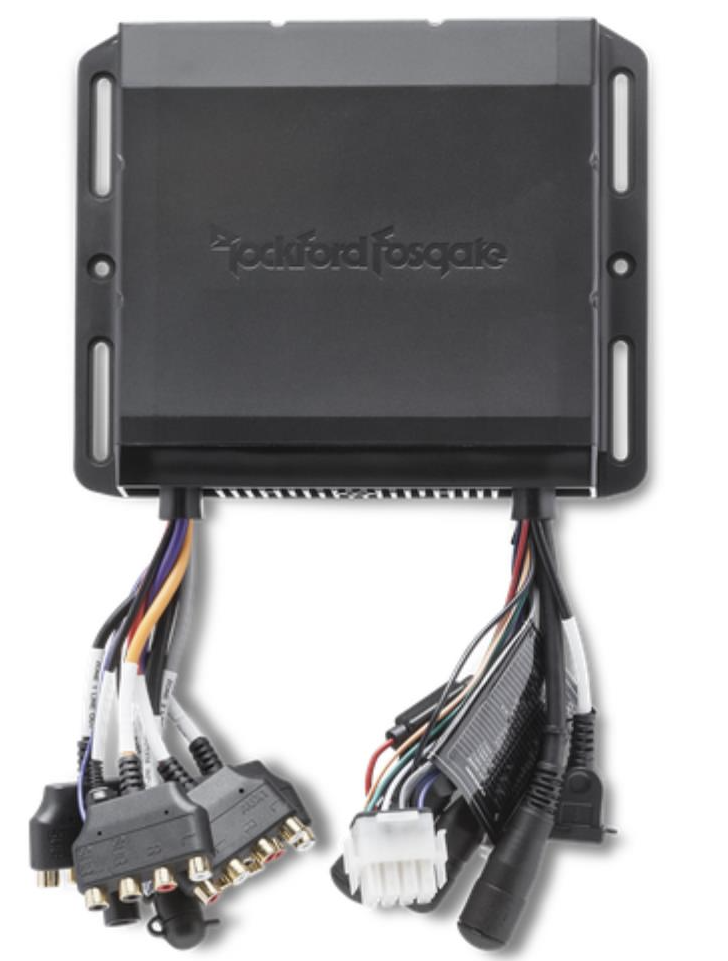Choosing the Best Sound System for Your Boat, Part I

Whether you rock out to the Quaker City Night Hawks, Those Damn Crows, Beethoven or funky geezer-rock, taking your tunes afloat is a big part of boating for many of us these days.
But audio systems that sound great in your living room or your Tesla may not play well with the marine environment. Here are some tips on choosing one that will survive and satisfy.
The Components
A marine stereo system includes the source or head components, an amplifier or amp, and speakers.
The source component, the “stereo”, typically includes an am/fm radio and has Bluetooth connectivity allowing full control from a smartphone. Most also include an MP3 player, USB connection and a SiriusXM receiver. (CD players are rapidly becoming rare.) They typically have 40 to 60 watt peak output per channel, and usually 4 channels, though more are possible.
The moderate output from the stereo is OK for listening to dinner music when your boat is at anchor, but doesn’t have the power needed to blast out the volume needed to over-ride wind, wave and engine noise on your wakeboat or other planing hulls.
In some stereo systems, a small amp along with an FM tuner is packaged in one unit. But a separate amplifier can double or triple your available volume. The amplifier boosts the signal from the source to drive the speakers.
Large amplifiers are usually separate from the stereo due to the heat generated by the amp, which can damage the source unit computer. Having the amplifier and the stereo separate also allows more installation options where space is limited.

With those basic terms in mind, here are some tips on selecting a system that will suit your boat and the way you use it, one that will hopefully survive through many seasons on the water:
- Don’t buy a car stereo for your boat
- Consider the footprint of the components
- Chose an amplifier sized right for the task
- Choose speakers that will survive the marine environment
- Put the speakers in the right spots
- Wire your system right
- Fit the system to your boating budget
Don’t Buy a Car Stereo
While there’s not much difference in the technology of most units sold for land or sea, marine stereo components do get a coating of waterproofing over the sensitive circuit boards that can help them survive the salt air and spray to which they’ll be exposed.
Some are also enclosed in water-resistant housings. This is generally called “marinizing”—it’s a small touch but it can help the survival of your system.
Even at that, most marine stereos are not waterproof, so must be mounted in protected areas. In fact, it’s best to mount the stereo well inside a bulkhead, cabin or compartment where no rain or spray at all can reach it, with a remote control operating head that sits on the console in a more or less waterproof housing. The remote control heads are typically rated at IPX7, basically waterproof, while the stereos themselves are more commonly IPX3, much less so.

Consider the Footprint
Installation space on smaller boats can be very limited, and some stereo components are much more compact than others—choose to fit your available space.
Head unit size is often described as one or two “DIN”, an international measuring standard. One DIN is 180 mm wide by 50 mm, about 7” x 2”, and this is considered the standard cutout size for a marine stereo. The double-DIN (also called 2-DIN) models fit 180 by 100 mm, or roughly 7” x 4”.

Alternatively, gauge mount models like Clarion’s GR10BT have a round face or head that will match the rest of the console gauges on many boats. Gauge mount heads also take up less space on the dash, important on smaller consoles where space is tight.

Amplifier Choices
Tech experts recommend choosing an amplifier with a top “RMS” output per channel no higher than each speaker's top RMS rating. The RMS rating is the average power that a speaker can handle on a daily basis without compromising sound quality or experiencing any distortion or long term damage.
A 50 watt RMS rating is likely to be adequate if you mostly play music at moderate volume while in the harbor, while a 75 watt RMS rating or higher will be the ticket for your wakeboat or Fountain offshore fishing machine at speed.
A three-channel amp can feed a single pair of speakers plus a subwoofer. A four-channel amp can run a pair of speakers and a sub, with two channels bridged to run the sub at full power.
Most top manufacturers offer five and six channel marine amplifiers which can run anything from multiple speakers and tower set-ups to high-powered subwoofers. If you're all in for audio on your boat, this is what you need.
In Part 2, we’ll look at wiring, speaker location, and some of the many speakers specifically built for marine use.